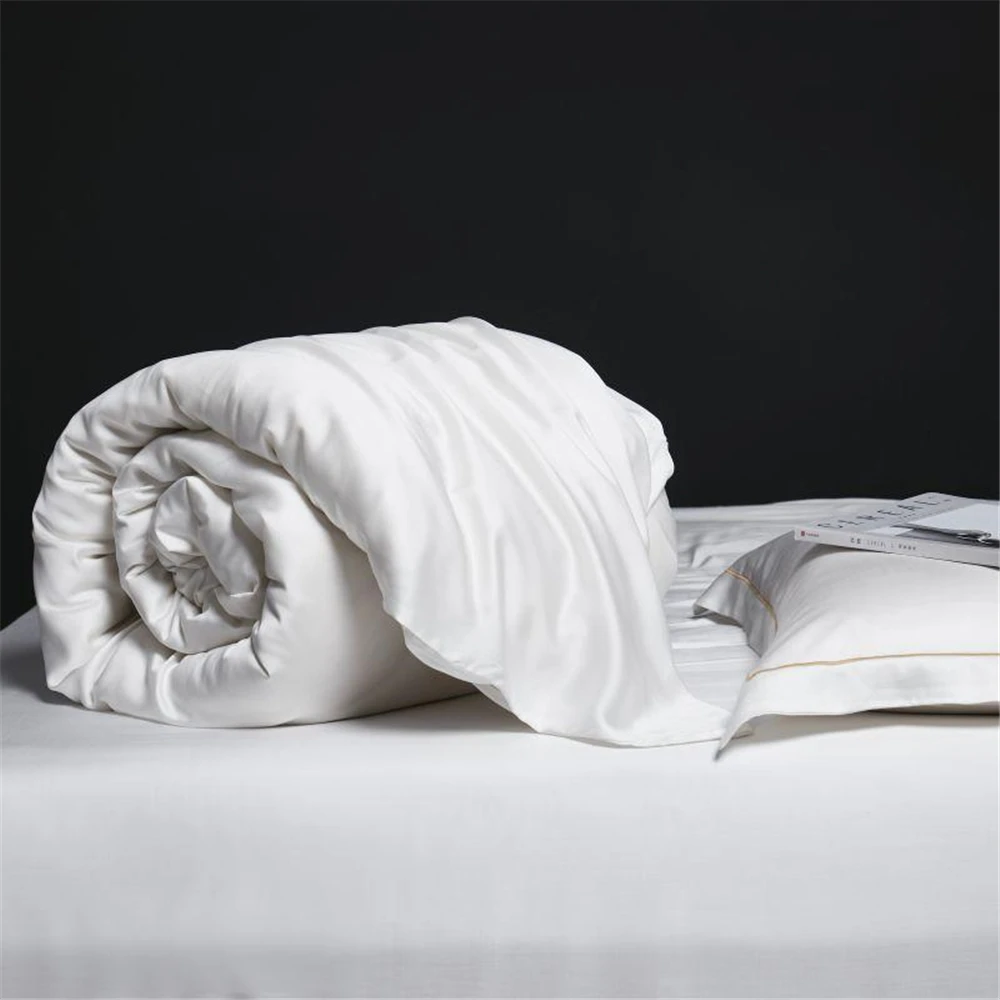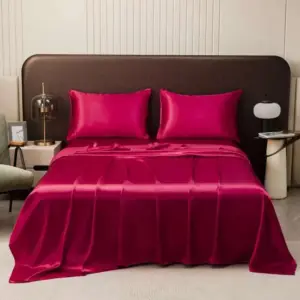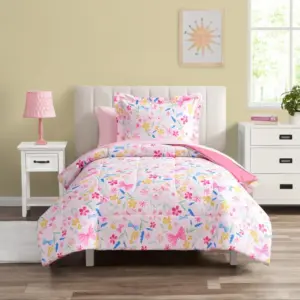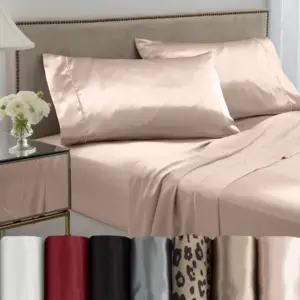Introduction to Silk Fabric Diversity
Few materials in the world capture the essence of luxury quite like silk. For thousands of years, this extraordinary natural fabric has been treasured for its unmistakable luster, incredible softness, and remarkable versatility. What many people don’t realize, however, is that “silk” isn’t a single type of fabric—it’s a diverse family of materials with distinct characteristics that make each variety uniquely suited for different purposes.
The world of silk is divided along two fundamental lines: the source of the silk fibers (which silkworm species produced them and what they were fed) and the weave or construction method used to create the finished fabric. These two classification systems work together to create the remarkable diversity we see in silk products today.
Understanding these distinctions isn’t just academic—it directly impacts how a silk product will feel against your skin, how it will drape, its durability, and even how it might affect your sleep quality and skin health. The difference between silk varieties can mean the difference between a comfortable, temperature-regulated night’s sleep and an uncomfortable one.
In this comprehensive guide, we’ll demystify the various types of silk to help you identify the perfect variety for your specific needs. Whether you’re choosing the right silk weave for your bedding or simply curious about this magnificent fabric, you’ll discover what makes each silk type special.
Understanding the Two Ways to Classify Silk
When exploring the world of silk, it’s essential to recognize that silk fabrics are classified in two distinct but interconnected ways:
Silk fiber source: This classification is based on the species of silkworm and its diet, which determines the fundamental properties of the raw material—including fiber length, natural color, strength, and texture.
Silk fabric construction: This classification refers to how the silk threads are woven together, which significantly impacts the final fabric’s appearance, texture, drape, and suitable applications.
These two classification systems aren’t mutually exclusive—they work together to create the final product. For instance, the same high-quality Mulberry silk fibers can be woven into smooth Charmeuse for luxurious bedding or textured Dupioni for decorative applications. The fiber source provides the raw material quality, while the weave transforms those fibers into fabrics with specific characteristics.
When evaluating silk products, particularly premium items like bedding, both aspects matter tremendously. The finest silk weaves for bedding typically combine high-quality fiber (usually Mulberry) with specific weave types that enhance comfort and durability.
Part I: Silk Fiber Types (By Silkworm Source)
This section focuses on how silk is classified according to its biological source—the specific silkworm species and what they eat. The fiber source determines fundamental properties like smoothness, strength, and natural color before any weaving even begins.
Each silk type has distinct characteristics stemming from the silkworm species and its diet. While Mulberry silk is the most commonly used variety in premium applications, other silk types offer unique advantages that make them valuable for specific purposes. Understanding what makes mulberry silk special compared to other varieties helps in appreciating the full spectrum of silk options.
Mulberry Silk: The Premium Standard
Mulberry silk is produced by the domesticated Bombyx mori silkworm, which feeds exclusively on mulberry leaves. This specialized diet and thousands of years of careful cultivation have resulted in what many consider the gold standard of silk fibers.
The exceptional qualities of Mulberry silk include:
- Extraordinarily long, uniform fibers (a single cocoon can yield up to 1,000 yards of continuous filament)
- Natural white color that accepts dyes beautifully for rich, vibrant hues
- Unmatched smoothness and a luminous sheen that catches light elegantly
- Hypoallergenic properties that make it ideal for those with sensitive skin
- Remarkable strength despite its lightweight nature
These qualities make Mulberry silk the preferred choice for luxury applications, particularly high-end bedding. Premium mulberry silk bedding sets typically fall within the 19-25 momme weight range, offering the optimal balance between luxurious softness and long-lasting durability.
What truly sets Mulberry silk apart is its natural temperature regulation—it helps keep you cool in summer and warm in winter—making it an ideal bedding material that works in harmony with your body throughout the night.
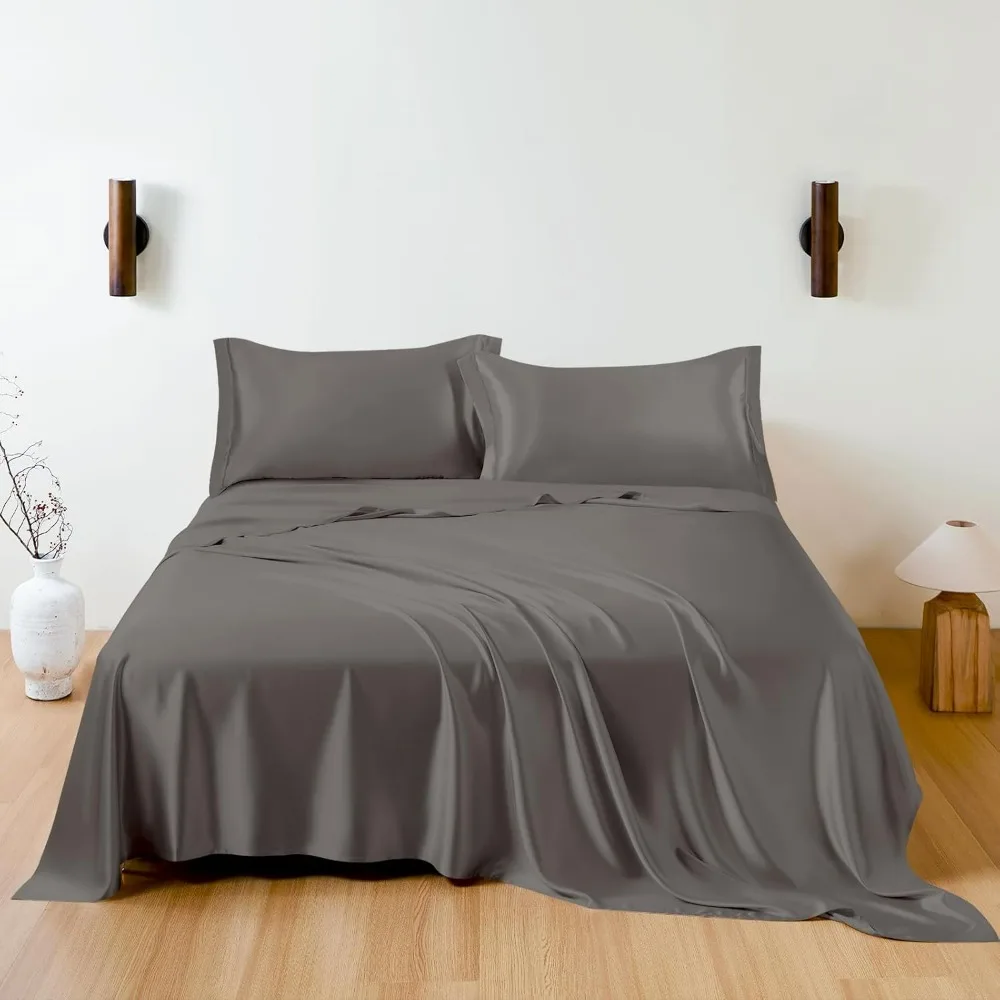
Tussah Silk (Wild Silk): Natural Texture and Character
Tussah silk (sometimes called “wild silk”) comes from several species of wild Antheraea silkworms that feed primarily on oak and juniper leaves. Unlike cultivated Mulberry silk, Tussah silk is typically collected after the moths have emerged from their cocoons, making it a more ethical option for those concerned about traditional silk harvesting methods.
Tussah silk’s distinctive properties include:
- Natural golden or light brown color due to the tannins in the leaves the silkworms consume
- Textured appearance with characteristic slubs and natural irregularities
- Stronger, coarser fibers than Mulberry silk
- More textured feel with less pronounced sheen
- Outstanding durability and a distinctive rustic appeal
These characteristics make Tussah silk particularly well-suited for casual wear, home décor items, and applications where a more natural, rustic aesthetic is desired. While it may not have the perfect smoothness of Mulberry silk, many appreciate its unique character and the fact that its production typically doesn’t involve killing the silkworm.
Understanding good momme rating for silk can help you evaluate the quality of Tussah silk products, though they typically have a different feel even at the same weight as Mulberry silk.
Eri Silk: The Ethical “Peace Silk” Alternative
Eri silk comes from the Samia ricini silkworm, which feeds primarily on castor leaves. What makes Eri silk especially notable is its ethical production method—the cocoons are collected only after the moths have naturally emerged, allowing the silkworms to complete their lifecycle. This non-violent harvesting method has earned Eri silk the nickname “peace silk” or “non-violent silk.”
The distinctive characteristics of Eri silk include:
- A warm, wool-like texture rather than the typical smoothness associated with silk
- Matte appearance with minimal sheen
- Excellent thermal properties (warmer than other silks)
- Cotton-like spun fiber (not a continuous filament like Mulberry silk)
- Natural wrinkle resistance and outstanding durability
These qualities make Eri silk particularly well-suited for winter wear, ethical fashion choices, and home textiles where warmth and texture are desired. For those interested in the differences between traditional and alternative options, comparing silk vs vegan silk differences can provide valuable insights into making ethical textile choices.
Muga Silk: The Golden Treasure of Assam
Muga silk is produced by the semi-domesticated Antheraea assamensis silkworm, found only in the Assam region of India. This geographically-protected silk is one of the rarest and most coveted varieties in the world.
Muga silk boasts several remarkable properties:
- A natural, permanent golden color that actually intensifies with washing and age
- Extraordinary durability (it’s considered one of the strongest natural textile fibers)
- High lustrous sheen in its natural state without requiring special treatments
- Unique ability to improve with washing, unlike most other silks
- Semi-wild production methods that contribute to its distinctive character
The rarity and extraordinary qualities of Muga silk have made it a prized material primarily woven into traditional Assamese garments. Its limited production and cultural significance have contributed to its prestigious status in the textile world. While you won’t commonly find Muga silk in bedding, understanding its exceptional properties helps illustrate the remarkable diversity within the silk family.
Part II: Silk Fabric Types (By Weave Construction)
While the fiber source determines the fundamental quality of silk, the weaving technique transforms these raw materials into fabrics with specific textures, appearances, and performance characteristics. The same high-quality Mulberry silk fibers can be woven into entirely different fabrics through various construction methods.
The weave pattern determines crucial aspects like texture, appearance, drape, and suitable applications. Understanding the different weave types is essential for selecting silk weaves for luxury applications and ensuring you choose the right silk for your specific needs.
Charmeuse Silk: Luxurious Drape and Luminous Sheen
Charmeuse is a satin weave construction characterized by a weaving technique that creates long “float” threads across the fabric surface. This results in two distinct faces: a sumptuously smooth, shiny front and a more matte back.
The signature properties of Charmeuse silk include:
- Exceptionally smooth, lustrous face with a subtle, more matte back
- Fluid, elegant drape that gracefully follows body contours
- Soft, cooling touch against the skin
- Lightweight yet sufficiently opaque for most applications
- Slight natural stretch due to the weave structure
These qualities have made Charmeuse the preferred weave for luxury bedding, particularly pillowcases and sheets where direct skin contact enhances the sleeping experience. It’s important to note that “Charmeuse” refers to a specific silk fabric with a satin weave, while “satin” itself is simply a weaving technique that can be applied to various fibers, including polyester.
Premium Charmeuse silk bedding typically falls in the 19-25 momme weight range, offering the ideal balance of luxurious feel and durability. Understanding the differences between Charmeuse and Habotai silk can help you make better choices when selecting silk products.
Dupioni Silk: Textured Elegance with Natural Slubs
Dupioni silk is a plain weave fabric created from double cocoons—instances where two silkworms spin their cocoons so close together that the fibers become intertwined. This unique origin creates a fabric with distinctive textural characteristics.
Dupioni silk’s notable properties include:
- Characteristic slubs and textural variations throughout the fabric
- Crisp hand that holds shape and structure well
- Natural iridescence, especially when woven with different colored threads in warp and weft
- Moderate weight and substantial feel
- Excellent light reflection properties that create a play of light and shadow
These qualities make Dupioni silk ideal for structured garments, home décor, and decorative projects where texture and visual interest are desired. While it’s made from the same silkworm species as Charmeuse, the dramatically different weave and yarn preparation create a completely different fabric experience—highlighting how profoundly the construction method affects the final product.
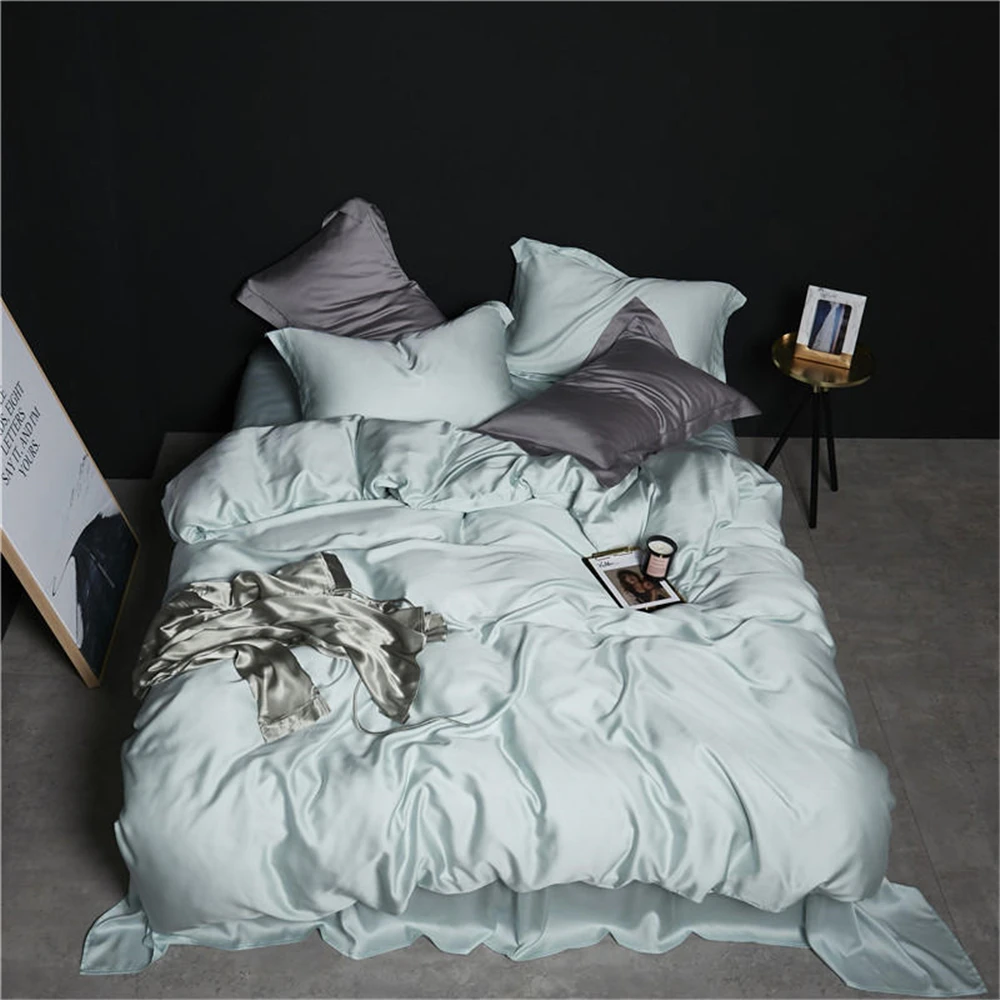
Habotai Silk: Lightweight Versatility
Habotai silk (also called China silk) is a lightweight, plain-weave silk with a balanced construction that creates a fabric that’s both practical and versatile. It’s often considered the “everyday” silk due to its accessibility and wide range of uses.
Key properties of Habotai silk include:
- Fine, even texture with minimal slubs or irregularities
- Soft drape without stiffness
- Lightweight feel with good opacity for its weight
- Subtle, gentle sheen rather than high luster
- Versatility and relative affordability compared to specialty weaves
These characteristics have made Habotai a popular choice for linings, scarves, art projects (especially silk painting), and lightweight garments. It’s commonly found in the mid-range momme weights (typically 12-16), making it an accessible entry point into the world of real silk.
Our luxury silk bedding sets utilize the optimal weave for each specific application, ensuring both beauty and functionality.
Silk Chiffon: Ethereal Sheerness with Movement
Silk Chiffon is an extremely lightweight plain weave that uses highly twisted yarns to create a gossamer-thin, transparent fabric with distinctive properties.
The characteristic features of silk Chiffon include:
- Gossamer-thin, transparent appearance
- Slightly rough or crêpe-like texture
- Ethereal drape with floating, cloud-like movement
- Matte finish with minimal sheen
- Delicate hand requiring careful treatment
The unique texture of Chiffon comes from its construction using alternating S-twist and Z-twist yarns, which create the slightly rough surface that distinguishes it from other sheer fabrics. This construction gives Chiffon its characteristic light grip against skin rather than the slippery feel of other sheer silks.
While rarely used for bedding itself, Chiffon might be incorporated as decorative elements in luxury bedroom textiles, highlighting the diversity of silk beyond core bedding applications.
Silk Organza: Crisp Transparency with Structure
Silk Organza is a plain weave made with tightly twisted yarns, similar to Chiffon, but with a much crisper, more structured finish. This creates a fabric that manages to be both transparent and structural at the same time.
The key properties of silk Organza include:
- Crisp, structured hand despite its sheerness
- Transparent but with body and substance
- Ability to hold shape and create volume
- Slight sheen with a glass-like appearance
- Resistance to crushing or wilting
Unlike the flowing Chiffon, Organza maintains its shape and can create structured forms while still allowing light to pass through. This makes it ideal for applications where both transparency and structure are desired.
Traditionally used in formal wear and special occasion items, Organza demonstrates how dramatically different two sheer silk fabrics can be based solely on their construction and finishing process.
Our silk sheets collection showcases various weaves selected for optimal comfort and durability.
Crepe de Chine: Subtle Texture with Elegant Drape
Crepe de Chine is a lightweight weave that uses alternating S-twist and Z-twist yarns in the weft (horizontal threads) to create a subtly textured surface with excellent drape.
The characteristic properties of Crepe de Chine include:
- Slightly pebbled or matte texture
- Soft, flowing drape with elegant movement
- Gentle luster rather than high shine
- Better wrinkle resistance than many silk types
- Versatile weight suitable for various applications
The twisted yarns used in Crepe de Chine create its signature subtle texture, which helps disguise wrinkles and gives the fabric a more casual, versatile character than high-sheen silks. This balance of luxury and practicality has made it popular for blouses, dresses, scarves, and lingerie.
Full-size Silk Sheets, King Size Silk Sheets, Queen Size Silk Sheets, Twin Size Silk Sheets, Washable Silk Sheets
Price range: $95.95 through $178.37 Select options This product has multiple variants. The options may be chosen on the product page100% Silk Sheets, Green Silk Sheets, King Size Silk Bedding Set, Mulberry Silk Bedding Sets, Queen Size Silk Bedding Set
Price range: $1,246.21 through $1,615.22 Select options This product has multiple variants. The options may be chosen on the product pagePink Silk Sheets, Twin Size Silk Sheets
$171.80 Select options This product has multiple variants. The options may be chosen on the product pageFull-size Silk Sheets, Pink Silk Sheets
$136.31 Select options This product has multiple variants. The options may be chosen on the product pageGrey Silk Sheets, Silk Sheet and Pillowcase Set
Price range: $88.20 through $146.64 Select options This product has multiple variants. The options may be chosen on the product pageBamboo Silk Sheets, Cooling Silk Sheets
Price range: $130.76 through $177.80 Select options This product has multiple variants. The options may be chosen on the product page
Essential Silk Comparison at a Glance
The table below provides a comprehensive comparison of the major silk types to help you quickly identify the best option for your needs. When selecting silk products, consider both the fiber type and weave construction—the finest products typically combine premium Mulberry silk with weaves specifically suited to their intended use.
| Silk Type | Origin | Texture/Feel | Luster | Drape | Weight | Best Uses | Key Feature |
|---|---|---|---|---|---|---|---|
| Mulberry | Bombyx mori fed mulberry leaves | Exceptionally smooth | High, luminous | Fluid | Variable (19-25 momme ideal for bedding) | Luxury bedding, fine garments | Superior smoothness & hypoallergenic |
| Tussah | Wild Antheraea on oak/juniper leaves | Textured with slubs | Moderate | Medium | Medium to heavy | Casual wear, home décor | Natural texture & ethical harvesting |
| Eri | Samia ricini on castor leaves | Wool-like, warm | Low, matte | Structured | Medium | Winter wear, ethical fashion | Peace silk production & warmth |
| Muga | Antheraea assamensis (Assam only) | Coarse but durable | High gold sheen | Medium | Heavy | Traditional garments | Natural golden color & strength |
| Charmeuse | Satin weave (usually Mulberry) | Smooth face, matte back | High on face | Very fluid | Light to medium | Luxury bedding, lingerie | Two-sided texture & elegant drape |
| Dupioni | Plain weave from double cocoons | Crisp with slubs | Variable, often iridescent | Structured | Medium to heavy | Structured garments, décor | Textural interest & body |
| Habotai | Balanced plain weave | Soft, even | Gentle | Soft | Light | Versatile, linings, scarves | Accessibility & versatility |
| Chiffon | Twisted yarns in plain weave | Slightly rough, crepe-like | Low, matte | Ethereal | Very light | Overlays, scarves | Extreme lightness & float |
| Organza | Tight plain weave, stiff finish | Crisp, smooth | Moderate | Structured | Very light | Structured sheers | Transparent yet structural |
| Crepe de Chine | Twisted yarns in plain weave | Subtly pebbled | Soft | Flowing | Light | Blouses, dresses | Wrinkle resistance & versatility |
Remember that “best” truly depends on your specific needs and preferences. The perfect silk for bedding (typically Charmeuse-woven Mulberry silk) differs from the ideal silk for a structured jacket (often Dupioni) or a flowing scarf (perhaps Habotai or Crepe de Chine).
Understanding the difference between thread count and momme weight can further help you evaluate silk quality across different product types.
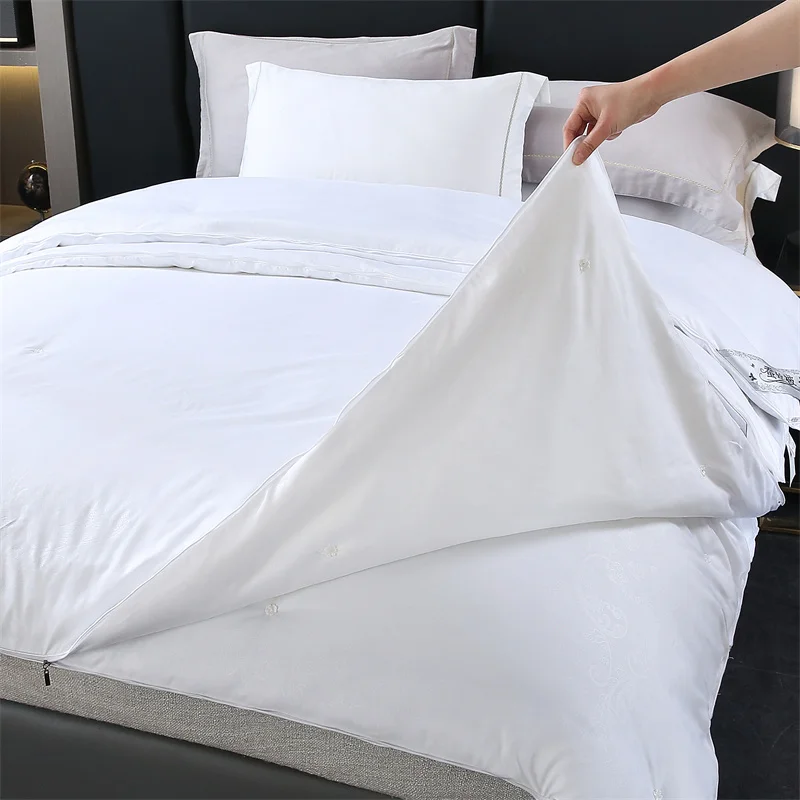
How to Identify Genuine Silk (And Spot Synthetics)
With synthetic “silk” becoming increasingly sophisticated, knowing how to identify genuine silk is an essential skill. Here are reliable methods to distinguish real silk from synthetic alternatives:
Visual inspection: Genuine silk has a complex, subtle luster that changes as the fabric moves and catches light differently from different angles. Synthetics often have a uniform, plastic-like shine.
Touch test: Real silk feels cool to the touch initially but quickly warms up. It has a distinctive smooth feel that’s neither slippery like polyester nor sticky like rayon.
Burn test (use caution): With proper safety precautions, burning a small thread can be revealing. Real silk burns with a smell similar to burning hair, creates ash that can be crushed between fingers, and self-extinguishes. Synthetics often smell like plastic and may melt rather than burn.
Water test: A few drops of water on genuine silk will absorb and create dark spots that dry relatively quickly. Synthetic fabrics tend to repel water or absorb it very differently.
Texture evaluation: Real silk often has subtle natural irregularities, while synthetics typically show perfect uniformity in their construction.
The best protection against synthetic silk substitutions is purchasing from reputable sources that specialize in authentic silk products, such as our 100% silk sheets collection.
Choosing the Right Silk for Your Needs
Finding the perfect silk for your specific needs depends on several key considerations:
Which silk type is best for bedding?
Charmeuse-woven Mulberry silk in the 19-25 momme weight range offers the ideal balance of luxury and durability for bedding. This combination provides the smooth texture that benefits skin and hair while offering sufficient durability for regular use. The lustrous side is typically faced outward on duvet covers but placed against the skin for pillowcases to maximize comfort.
What silk properties matter most for skin health?
For skin benefits, prioritize smoothness, hypoallergenic qualities, and moisture-wicking capabilities. Mulberry silk excels in all these areas, with its naturally smooth surface creating less friction against skin and hair. The 19-22 momme range is typically ideal for facial pillowcases.
How does momme weight affect quality?
Momme weight indicates the density of the silk (specifically, the weight in pounds of 100 yards of silk, 45 inches wide). Higher momme weights typically offer greater durability and opacity but may feel slightly less airy. For bedding, 19-25 momme provides the optimal balance of luxury feel and longevity.
Which silk types require the least maintenance?
Crepe de Chine and mid-weight Habotai are generally more forgiving in terms of maintenance, showing fewer wrinkles and being somewhat more robust in washing. However, all fine silks require gentle care to preserve their qualities.
For most people seeking the best type of silk for bedding, Charmeuse-woven Mulberry silk offers the optimal combination of skin-friendly smoothness, comfortable drape, natural temperature regulation, and reasonable durability with proper care.
Essential Care Tips for All Silk Types
Proper care significantly extends the life of your silk investments. Follow these guidelines to preserve your silk’s beauty and performance:
Washing:
* Hand wash using cold water and pH-neutral detergents specifically formulated for silk
* Avoid biological detergents, bleach, and fabric softeners
* Gently swish—never wring, twist or rub vigorously
* For machine washing, use a mesh laundry bag and the delicate cycle
Drying:
* Never tumble dry silk
* Roll gently in a clean towel to remove excess moisture
* Lay flat to dry on a towel away from direct heat and sunlight
* Hang heavier items like robes on padded hangers while slightly damp
Ironing:
* Use the lowest silk setting with no steam
* Iron on the reverse side or use a pressing cloth
* Never iron silk completely dry—slightly damp is ideal
Storage:
* Store clean and completely dry to prevent mildew
* Keep away from direct sunlight to prevent fading
* Avoid plastic bags, which can trap moisture
* Cedar blocks (not direct cedar wood) help deter moths naturally
Stain Treatment:
* Address stains immediately—blot, don’t rub
* Use only silk-safe stain removers
* Test any product on an inconspicuous area first
Different silk types may require slightly different approaches—Dupioni can generally withstand slightly more heat when ironing than Chiffon, for example. Always check the specific care instructions for your particular silk product.
Our silk pillowcases include detailed care instructions to help maintain their beauty and beneficial properties for years to come.
By understanding the diverse world of silk types—both by fiber source and weave construction—you can make informed choices about which silk varieties will best suit your specific needs. Whether you’re seeking the ultimate luxury bedding experience or simply want to understand what makes silk so special, the remarkable diversity of this ancient fabric continues to offer something for everyone.

